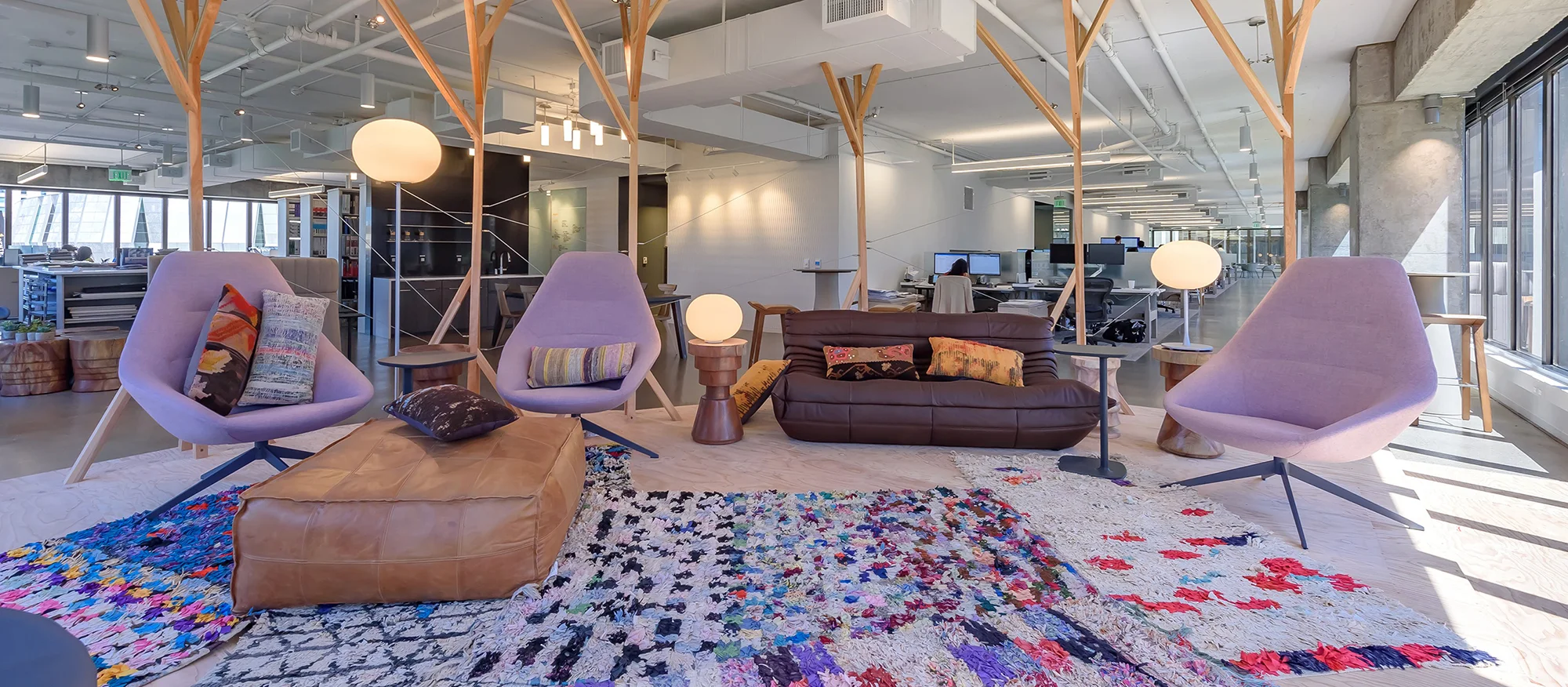The 10 sustainability trends that forward-thinking organizations have on their mind
Stantec’s Arlington, Virginia, office, serves as a catalyst for creativity, collaboration, and social interaction. The terrace allows staff to also work outdoors.
Practicing sustainability has always been important to office design. We know that people spend 90 percent of their time indoors. Progressive design firms and corporations have been leveraging green principles and practices, like LEED and WELL, for years. Recently, we have seen an enormous push to think about sustainability not as just a “good thing to do” but something we must do to stay competitive.
Millennials and Generation Z will be the first generations willing to pay more for sustainable products, (72 percent already do or say they would, according to a recent Nielson study). It’s no surprise their passion for sustainability has transformed green design into a critical factor in attracting and engaging top talent. As we enter one of the largest talent crises the world has seen, forward-thinking organizations are looking at sustainable practices as a differentiator.
Looking beyond access to daylight and green materials, we are seeing exciting and deeply green trends being embedded into the design and culture of top companies.
1. Pre-fabricated construction as the norm
In addition to labor shortages and the rise of material cost, companies are seeing the resounding impact and increase in pre-fabricated materials. Offices are leveraging demountable partitions to support daylight, ventilation, and flexibility while also reducing the amount of drywall and waste they contribute to landfills. Prefabrication allows the system to ship finished to site, reducing the volatile organic compounds (VOC) and air quality concerns of traditional drywall and finishing.
2. Green on display
Employees care about a company’s investment in sustainability. In a knowledge-hungry world, share your investments and educate teams on the green products and practices that were integrated in your space. Think about the fixation society has on the food we eat and the amount of time spent trying to understand labels and ingredient lists. Imagine sharing with your clients and employees eco-friendly product manufacturing details, VOC levels, how lighting is harvested, or how water is being conserved through design and messaging.


